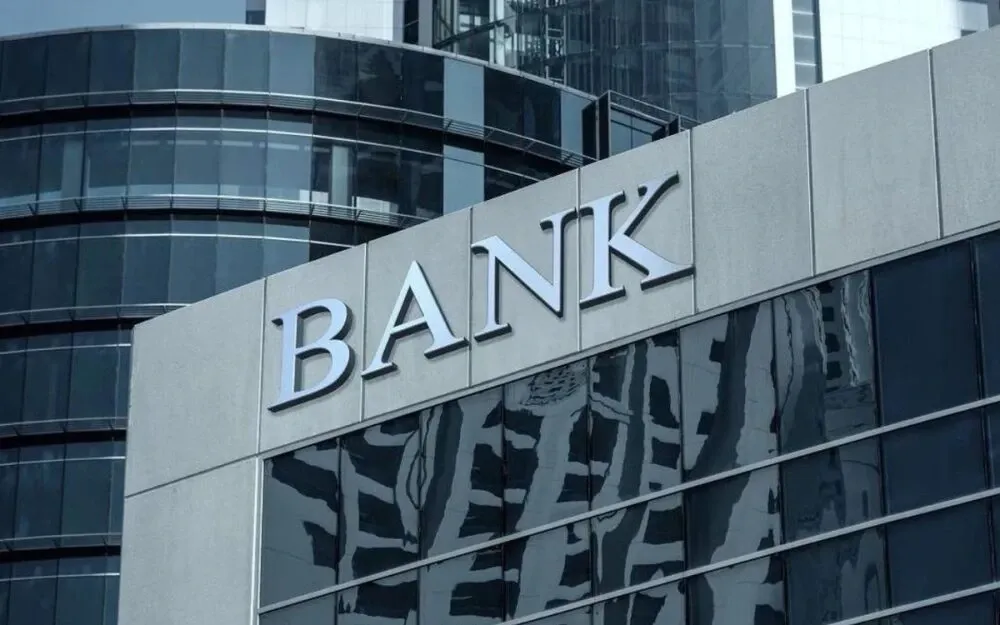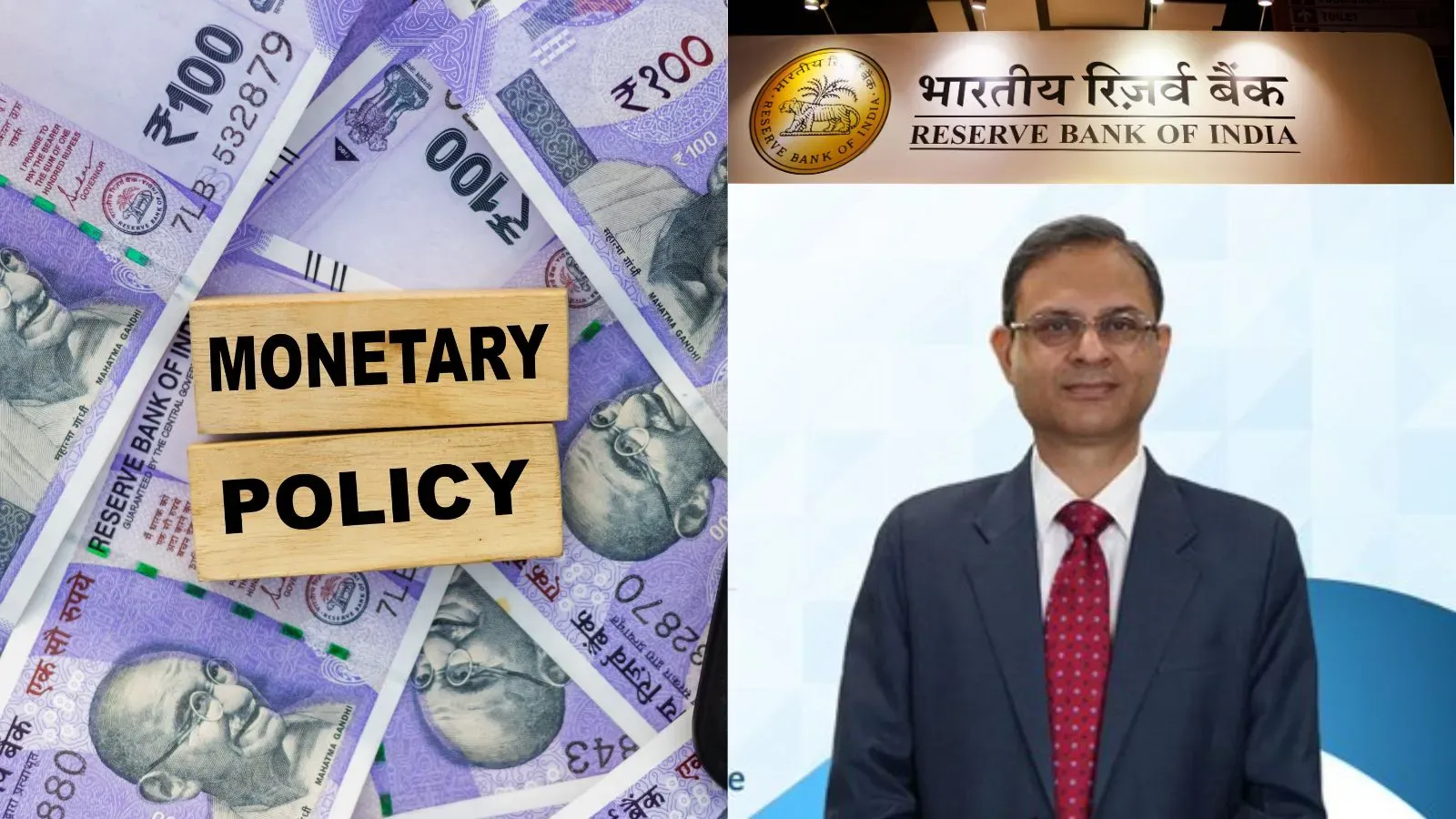Business News
PSU banks to cross ₹1.5 lakh crore profit in FY'25, low deposit mobilisation concern

5 min read | Updated on December 27, 2024, 13:19 IST
SUMMARY
As per the Report on Trend and Progress of Banking in India 2023-24 released by RBI earlier this month, the capital to risk-weighted assets ratio (CRAR) of SCBs was 16.8% in September 2024, with all bank groups meeting the regulatory minimum requirement and the common equity tier 1 (CET1) ratio requirement.

The gap between credit and deposit growth of scheduled commercial banks (SCBs) narrowed
Low NPAs and double-digit credit growth are expected to drive profits of public sector banks past the ₹1.5 lakh crore milestone in 2024-25.
PSBs reported a 25% jump in their total net profit to ₹85,520 crore in the first half of 2024-25 compared to ₹68,500 crore in H1’FY23 and the trajectory is likely to continue in the second half as well.
Public lenders recorded their highest-ever aggregate net profit of ₹1.41 lakh crore in 2023-24 on the back of significant improvement in asset quality, credit growth, healthy capital adequacy ratio and rising return on assets.
The Gross NPA ratio of PSBs has witnessed a remarkable improvement, declining to 3.12% in September 2024 from a peak of 14.58% in March 2018. This significant reduction reflects the success of targeted interventions aimed at addressing stress within the banking system.
Another indicator of the improved resilience of PSBs is their Capital to Risk (Weighted) Assets Ratio (CRAR), which rose by 3.98% to 15.43% in September 2024, up from 11.45% in March 2015.
This remarkable improvement not only highlights the renewed stability and robustness of the banking sector but also positions PSBs to better support economic growth. Notably, this CRAR far exceeds the Reserve Bank of India’s (RBI) minimum requirement of 11.5%, underscoring the strengthened financial health of these institutions.
As a result, India is closer to a twin balance sheet advantage from the deficit which was the case in 2014-15. A turning point came in 2015 when the Reserve Bank of India (RBI) initiated the Asset Quality Review (AQR). The exercise was aimed at identifying and addressing hidden stress in banks by mandating the transparent recognition of NPAs.
It also reclassified previously restructured loans as NPAs, resulting in a sharp increase in reported NPAs. The heightened provisioning requirements during this period impacted the financial parameters of banks, restricting their ability to lend and support productive sectors of the economy.
However, with the implementation 4Rs--Recognition, Recapitalization, Resolution, and Reform--PSBs regained their strength. In the last three years, PSBs have contributed significantly to shareholder returns, paying a total dividend of ₹61,964 crore.
With the expected rate cut in the upcoming Monetary Policy Committee (MPC) meeting, the credit demand would get further leg up.
"We expect deposit rates to decline with a lag even if the rate cuts were to start from the upcoming MPC meeting, which would hurt the margins in the near-to-medium term. We also remain watchful on the asset quality of banks and expect an uptick in credit costs over FY26," ICRA vice president Sachin Sachdeva said.
Despite this, he said, the profitability for the banking sector is expected to remain healthy with a return on assets of 1.1-1.2% in FY'26 compared to 1.2-1.3% estimated for FY'25.
On the flip side, that deposit growth has been slower than credit growth and that's the challenge that the banks have to address in the coming months. Besides, the banks are grappling with another challenge of digital fraud.
The gap between credit and deposit growth of scheduled commercial banks (SCBs) narrowed. The year-on-year (YoY) growth of outstanding credit and deposit were 12.4% and 11.6%, respectively as of November 15, 2024.
As per the Report on Trend and Progress of Banking in India 2023-24 released by RBI earlier this month, the capital to risk-weighted assets ratio (CRAR) of SCBs was 16.8% in September 2024, with all bank groups meeting the regulatory minimum requirement and the common equity tier 1 (CET1) ratio requirement.
Asset quality improved and the gross non-performing assets (GNPA) ratio fell to the lowest in 13 years at 2.7% at end-March 2024 and 2.5% at end-September 2024.
Banks’ profitability rose for the sixth consecutive year in 2023-24 and continued to rise in H1’2024-25 with the return on assets (RoA) at 1.4% and return on equity (RoE) at 14.6%.
Concerned over the growing number of digital frauds, Prime Minister Narendra Modi spoke about the cyber crime of "digital arrests", noting that it has hit all sections of society and urging people to adopt the mantra of "stop, think and take action" when faced with such a scam.
During the first nine months of 2024, customers were robbed of ₹11,333 crore due to cyber fraud.
While many cases of digital frauds result from social engineering attacks on customers, there is also a rapid increase in the use of mule bank accounts to perpetrate such frauds, as per the RBI report.
This exposes banks not only to serious financial and operational risks but also to reputational risks.
Banks, therefore, need to strengthen their customer onboarding and transaction monitoring systems to monitor unscrupulous activities, the RBI report said, adding, that this also requires effective co-ordination with the law enforcement agencies (LEAs) so that the concerns occurring at a systemic level are detected and curbed in time.
The Reserve Bank is working with banks and LEAs to strengthen transaction monitoring systems and ensure sharing of best practices for control of mule accounts and the prevention of digital frauds.
Another initiative in this direction is the AI/ML based model called MuleHunter.AITM, being piloted by Reserve Bank Innovation Hub (RBIH) and banks have been asked to take advantage of this.
By signing up you agree to Upstox’s Terms & Conditions
About The Author
Next Story

